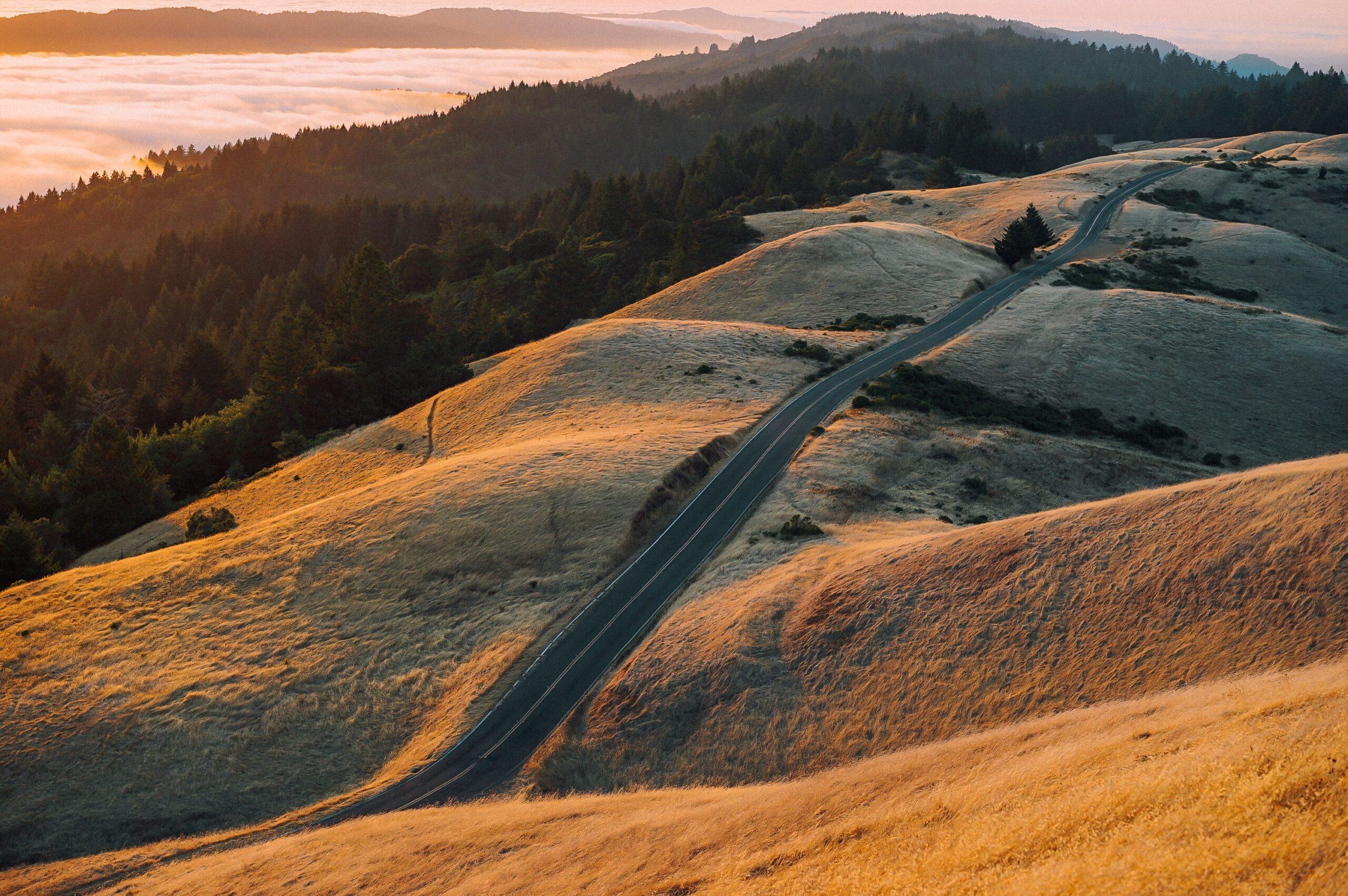While most of the United States remains in the grips of the coronavirus pandemic, Americans are gradually returning to the roads. The Federal Highway Administration (FHWA) reports that as of April 19, there were 623,500 active cases of Covid-19 in the country, and 26,600 deaths. The numbers are rising daily as more people are tested and more cases are confirmed.
A small segment of the population, however, continue to travel, and they’re doing so in larger groups. This presents a problem, as Americans are a group-oriented society and therefore more likely to contract the virus if they’re in close proximity to one another. This is why the FHWA is concerned about the safety of rural roadways, especially during the hours that our country’s biggest cities shift to their evening and night hours.
When drivers venture out on rural roadways, particularly at higher speeds, they need to be aware of a few things. First, the federal government doesn’t maintain these roads. That means they’re up to code, but they’re not guaranteed to be safe. Second, the speed limits are generally lower out here in the sticks. And finally, the weather can be unpredictable, so be prepared for sudden changes in temperatures.
Understand The Risks
This type of driving is generally acknowledged to be more dangerous than traveling in metropolitan areas. The bigger issue, though, is that it’s a completely different ballgame. Once you’re in rural America, there’s no telling what kind of peril you might encounter. Roads can be narrow and winding, and it’s easy for trucks and other large vehicles to get tangled up in each other. It’s also a lot more difficult to maneuver around potholes and debris in the road. These things can be a significant safety hazard. To give you an idea of how much more dangerous it is, this type of driving accounts for 42% of all traffic fatalities, according to the National Highway Traffic Safety Administration (NHTSA).
Be Careful
Driving at higher speeds on a winding road can be exhilarating, but it can also be very dangerous. According to the Mayo Clinic, excessive speeding can lead to serious injury or death. It’s been estimated that 75% of all car accidents are caused by driver error, so it’s safe to assume that most of these accidents happen due to speeding. If you’re driving on a rural roadway and begin to notice that you’re approaching too quickly, pull over, lower your speed and reassess the situation.
There’s also the issue of road conditions. If you encounter wet weather or a messy road that hasn’t been cleared of snow and ice, you increase the risk of a serious accident. As you might imagine, most of these accidents happen in winter, as the roads are generally wet and slippery. If you’re driving in snow or ice, slow down and be extra careful.
Watch Out For
This is why truck drivers and other large vehicle owners shouldn’t even think about driving on a rural roadway. These vehicles are more likely to get stuck in the mud, particularly in wet weather. There’s also the issue of passing on the right. If you’re on a two-lane road and there’s another car approaching from the opposite direction, you might not have enough room to pass on the right. You’ll have to wait until they pass and then try to maneuver into the other lane. This is why it’s important to stay alert and aware of your surroundings while driving.
It’s also worth noting that there are more than 400,000 deer in the U.S. Each year, they wander onto roads and get hit by cars. While these collisions don’t generally cause serious injury or death, they can create big problems for drivers. If you do happen upon a deer on the road and they don’t appear to be startled or angry, just keep driving. Give them space and let them cross if they want to. You might also see a moose, elk or antelope on the road. These animals are known to be less afraid of humans and can therefore pose a more serious threat. Stay away from these animals if you don’t want to become a meal ticket for a hungry predator.
Use Apps To Stay Alert
There are many apps for phones that can help drivers avoid danger and keep track of road conditions. One of the most popular is 4WD Alarm. When activated, this app will send you notifications when your car is approaching a region that’s been noted for its difficult driving conditions. The app also connects you with emergency services if you run into trouble while driving. Another useful app is RACAR. You can use this app to track the locations of other drivers and send them alerts if they’re nearby. Many people choose to use these apps while driving in the country to avoid the distractions of the road and to keep their eyes open for wildlife and other drivers. These apps can also be helpful when driving in bad weather conditions or in areas where car accidents are common.
The bottom line is that while the country has been thrown into a deep freeze, the roads are thawing. People will begin traveling again, and they’ll do it cautiously. That’s why it’s important to be aware of the risks that come with rural driving. As long as you take the proper precautions and obey the laws, you’ll be able to navigate the roads safely.




